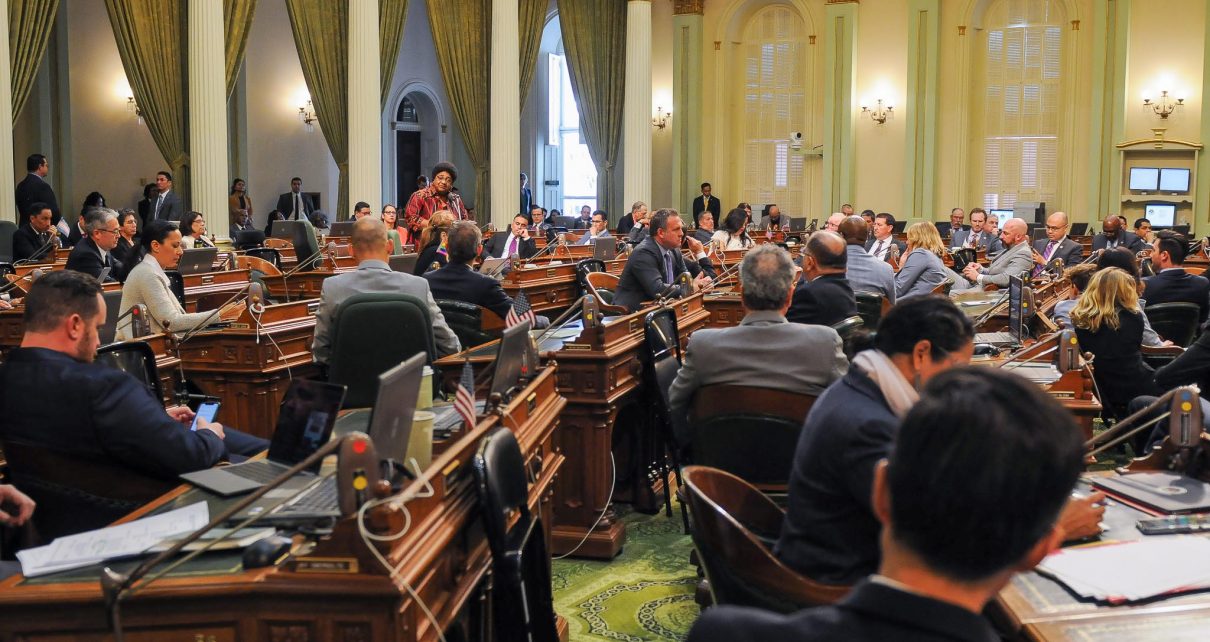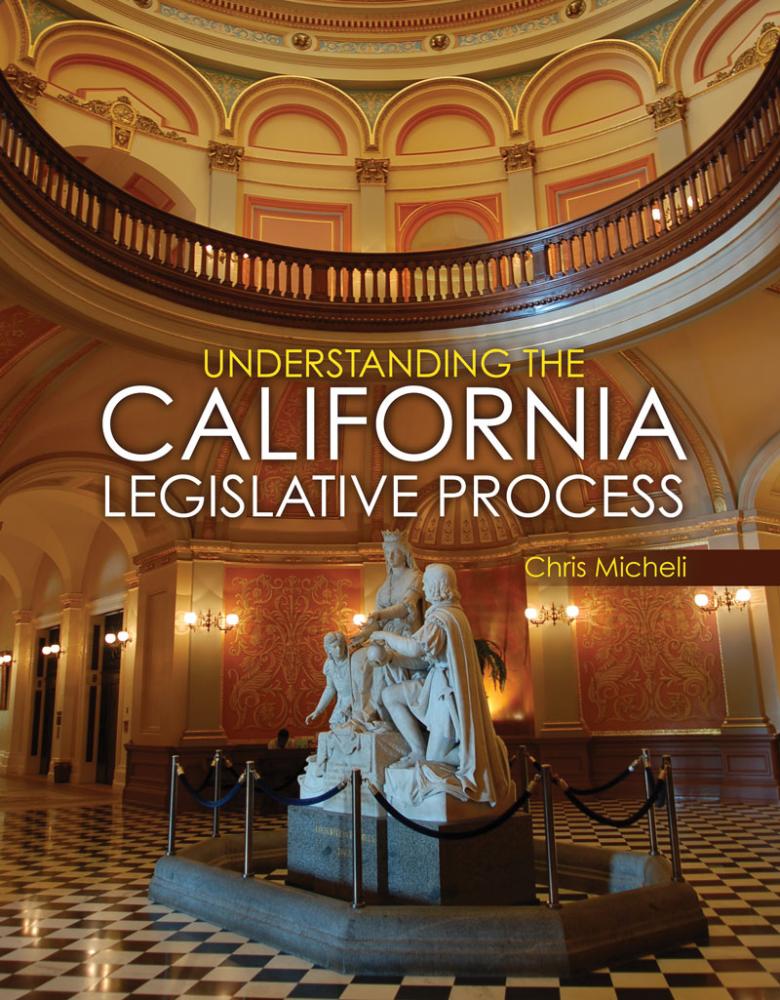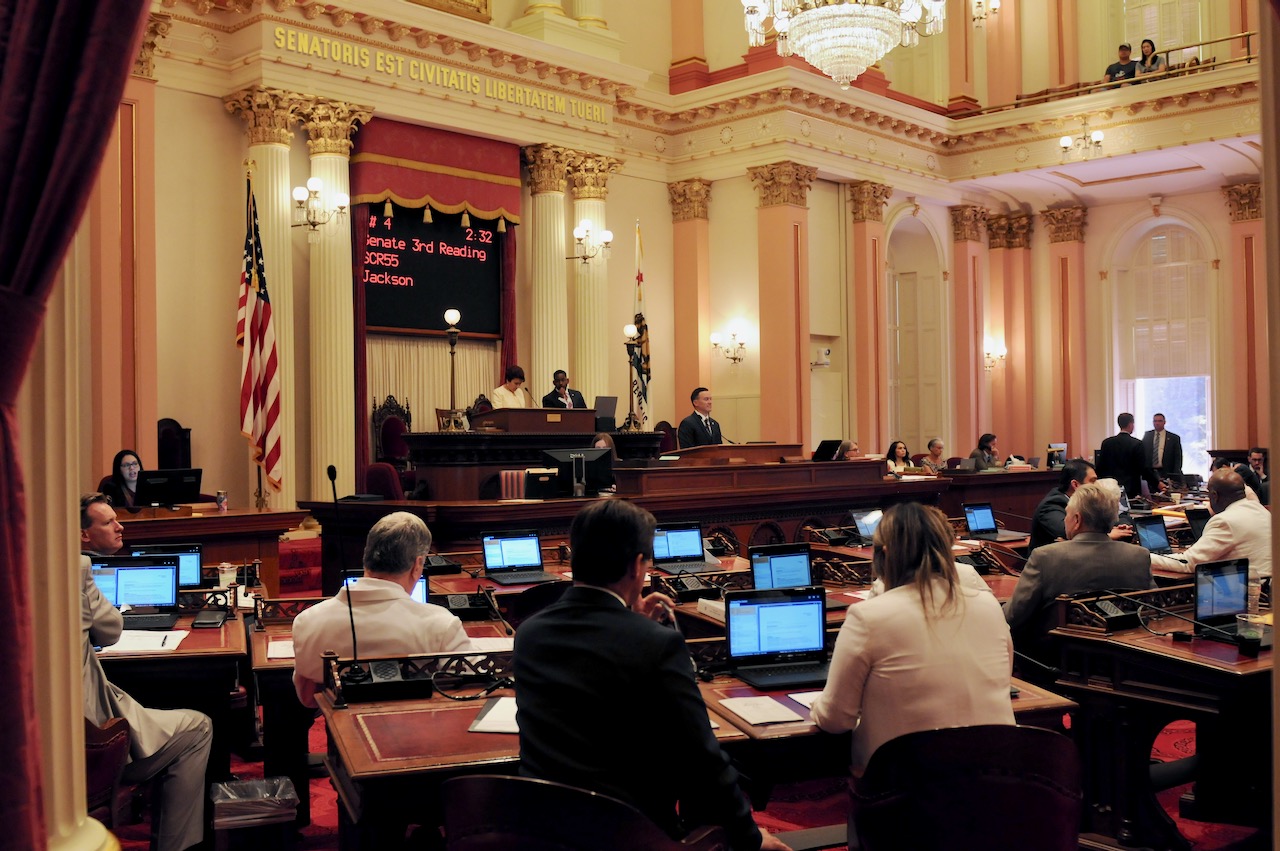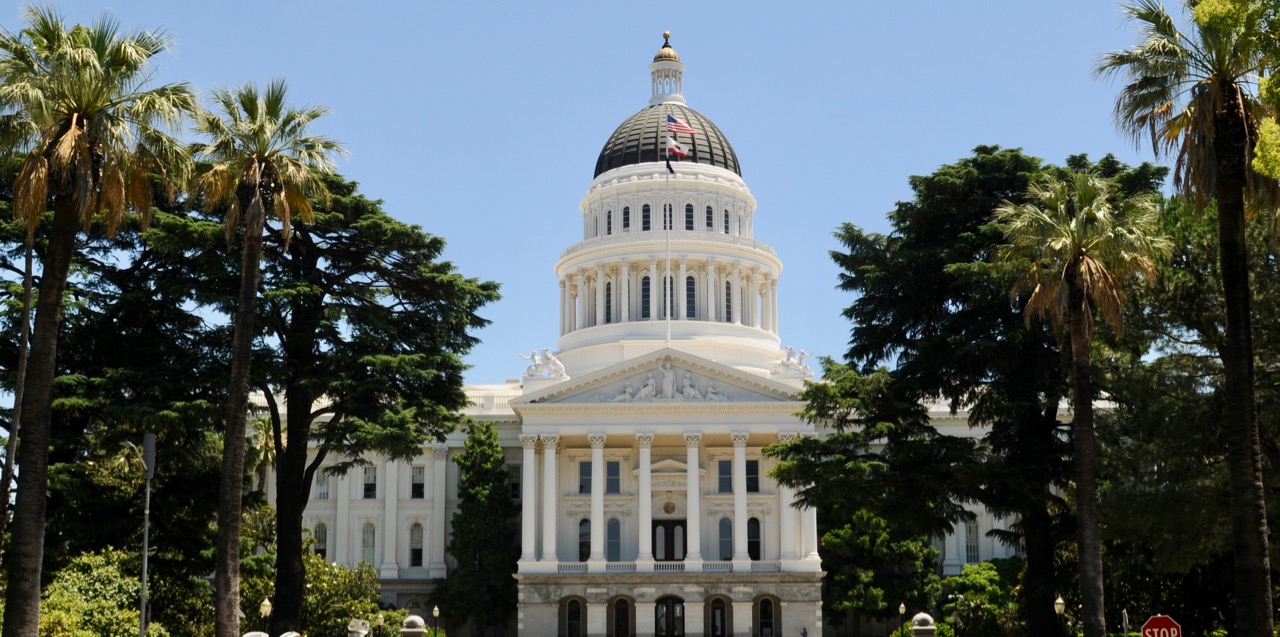
California State Assembly. (Photo: Kevin Sanders for California Globe)
A Few More End-of-Session Legislative Process Items
A bill cannot be passed or become a statute unless that bill and any amendments have been in print and published on the Internet for at least 72 hours before the vote
By Chris Micheli, August 29, 2021 2:40 am
In addition to those items found in my prior article, see “Some Frequent End-Of-Session Legislative Process Questions” on August 28, the following are a few more process items that often come up towards the end of the legislative session, which is scheduled to adjourn on Friday, September 10.
Floor Amendments
There are limitations to making floor amendments. For example, under Assembly Rule 69, a motion to amend on the floor is not in order the last seven days before the interim recess or the final recess, unless this rule is suspended by a 2/3 majority vote. The rule does not apply to adding or deleting an urgency clause or adopting “chaptering” amendments.
72-Hour In-Print Rule
A bill cannot be passed or become a statute unless that bill and any amendments have been in print and published on the Internet for at least 72 hours before the vote, unless the Governor has submitted a statement that the bill is needed to address a state of emergency. No bill may be passed unless a majority of members of each house votes in favor of the bill.
Concur/Non-Concur Votes
Under Joint Rule 26.5, a motion to concur or not concur is not in order until the Legislative Counsel’s Digest has appeared in the Daily File. However, the motion is in order even if the Digest has yet to be printed as long as an analysis of the bill has been prepared and distributed to Members. In addition, this rule can be suspended by a majority vote of the house’s Members.
Consent Calendars
There are different rules between the Senate and Assembly regarding what is a measure for the consent calendar on their floors. For example, under Senate Rule 28.3(a), if a Senate bill or Assembly bill is amended in the Senate to create a new bill or to rewrite the bill, a standing committee may not place the bill on its consent calendar.
Inactive Files
Bills taken off of the Senate Inactive File are returned to the Second Reading file. In the Assembly, bills previously on Third Reading that are moved to the Inactive File are subject to a “one-calendar-day notice” when removed from the Inactive File and returned to the Third Reading file.
Floor Analyses
The Senate floor analyses list support and opposition positions, but the Assembly does not list any positions on their floor analyses.
Session Past Midnight on the Final Day
“Stopping the clock” is the term used to describe the process of continuing legislative business after the passage of a deadline imposed by legislative rule. However, there is no provision in the law to “stop the clock” in the California Legislature. During the first year of the legislative session, Joint Rule 61 specifies the deadline (September 10 this year).
Vote Changes
The Assembly allows its Members to add or change votes after the vote has been announced, so long as the final vote is not impacted. The Senate does not allow this, except for the President pro Tempore and the Republican Leader, so long as the final outcome of the bill is not affected (pursuant to Senate Rule 44).
Parliamentary Inquiry v. Point of Personal Privilege
A parliamentary inquiry is a procedural question posed by a legislator during a committee hearing or floor session. On the other hand, “a point of personal privilege is an assertion by a Member that his or her rights, reputation, or conduct have been impugned, entitling the Member to repudiate the allegations.”
Adjournment Motion
In the California Legislature, an adjournment motion is not in order if bills are still “on call” (see, e.g., Senate Rule 42). Once the calls are lifted, then a motion to adjourn can be made.
Budget Trailer Bills
Budget trailer bills can pretty much be enacted any time after the budget bill has passed as long as there is a nominal appropriation in the bill and it is tied by language to the budget bill (and the trailer bill number is listed in the budget bill). And, this can be done by a majority vote on each floor of the Assembly and Senate. The Budget Bill and other bills providing for appropriations related to the Budget Bill may be passed by a majority vote to take effect immediately upon being signed by the Governor or upon a date specified in the legislation pursuant to Article IV, Section 12(e)(1).
- Legislative Policy on Bay Area Pilotage - July 26, 2025
- Small Craft Harbors and Waterways in California - July 25, 2025
- Disability of Parties in Civil Actions - July 24, 2025








@Chris Micheli, these articles on End-of-session process are worth the effort to cut-and-paste-to-file. Great distillation of information that’s publicly available but hard to collect in one place!
Kudos!